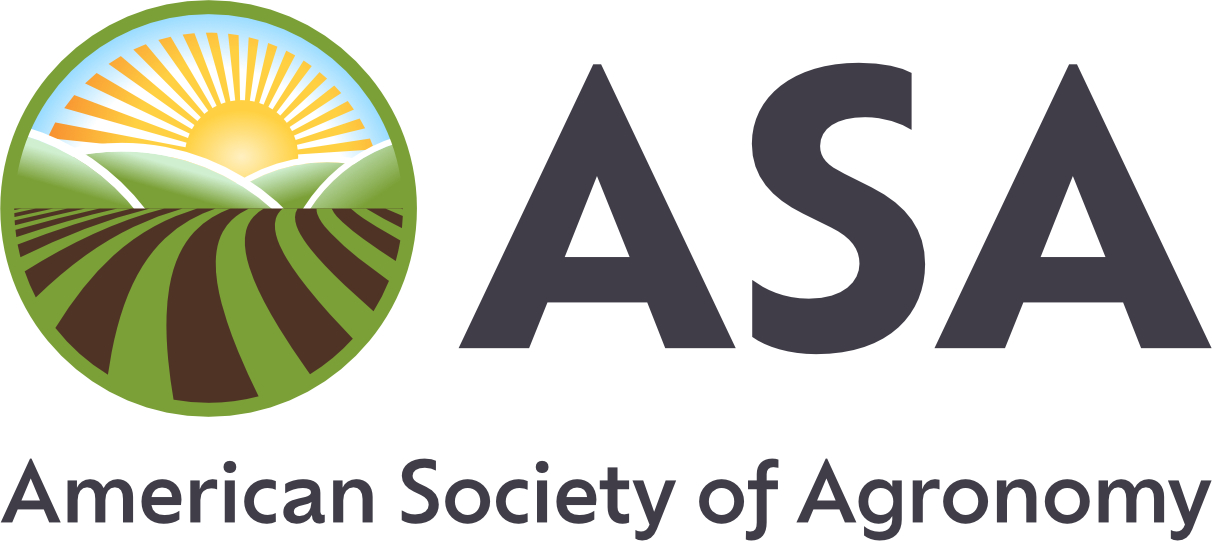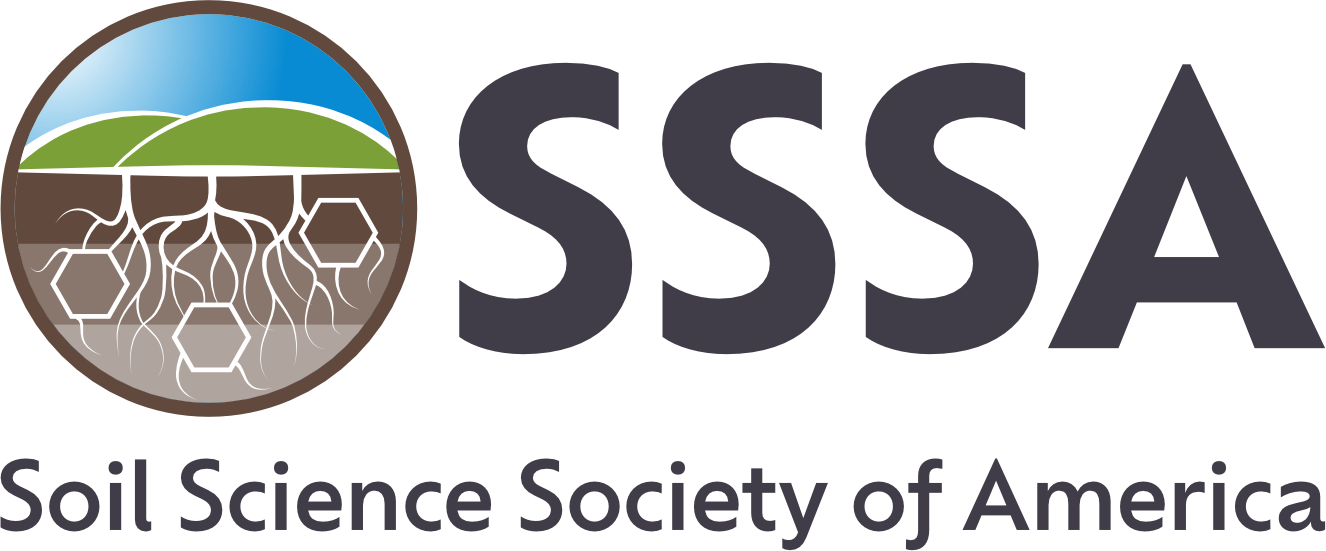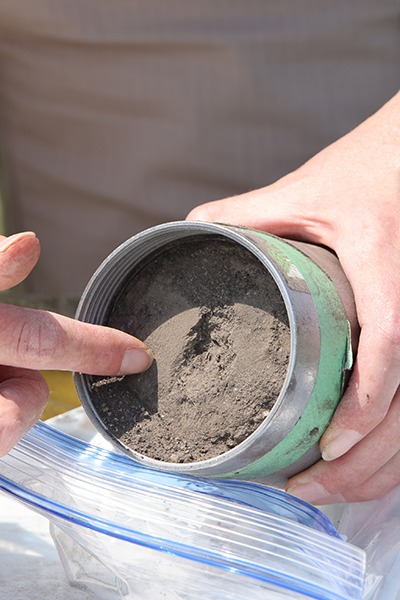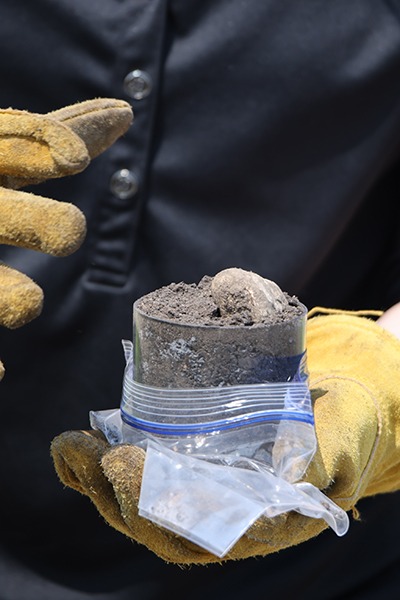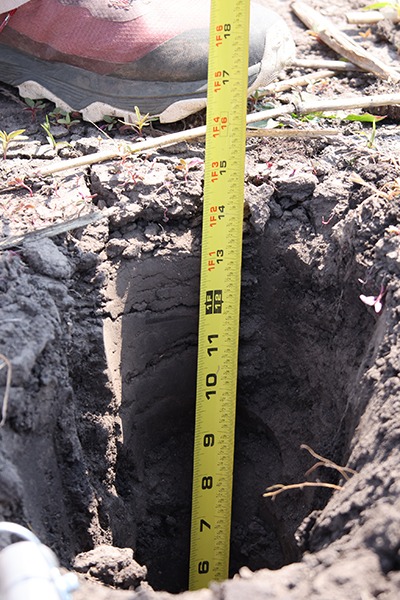Can You Adopt Conservation Practices and Still Make a Profit?
This article was adapted from “Assessing On-Farm Economics of Soil Health” first published on May 27, 2021, in Crops & Soils magazine.
The short answer: Yes, you can! The details will depend on your farm, your region, and your cropping system.
Break it down: When farmers consider adopting new practices like cover crops and no-till, there are often up-front costs that come with that practice change. Cover crops require buying more seed; reducing tillage could mean buying new implements.
The Soil Health Institute (SHI) wanted to find out if producers who have already made the move to conservation practices are making a profit.
So SHI, with support from Cargill, interviewed 100 different corn and soybean farmers that have adopted no-till, reduced tillage, and/or cover cropping for at least five years. These farms were located in Illinois, Indiana, Iowa, Michigan, Minnesota, Nebraska, Ohio, South Dakota, and Tennessee. The survey discussed how using soil health management practices had changed aspects of their on-farm economics, including:
- Management and yield data;
- Revenue for each crop produced; and
- Expenses including seed, fertilizer and amendments, pesticides, fuel and electricity, labor and services, post-harvest costs, and equipment ownership.
Using these data, SHI created a partial budget analysis to see how income and costs compared.
In corn production systems, producers averaged:
- A reduction of expenses compared to previous practices tallying $67.06 per acre.
- Added expenses from new practices of $46.36 per acre.
- Increased revenue averaging $32.54 per acre.
- Reduced revenue of $1.64 per acre.
A quick note: yes, it seems odd that farms both increased AND reduced revenue. Remember, this is an average across all 100 farms!
In total, net farm income increased by an average of $51.60 per acre in corn. The largest cost reduction was in fertilizer and amendments. As soil health improves, it’s possible to maintain yield with fewer additional nutrients, likely due to improved soil structure and the benefits that come along with it.
In soybean production systems, producers averaged:
- Expense reduction of $55.67 per acre.
- Increased expenses of $40.03 per acre.
- Increased revenue averaging $29.25 per acre.
- Reduced revenue averaging $0.00 per acre.
In total, the change in net farm income in soybean averaged $44.89 per acre.
Want the details? Check out this fact sheet from SHI if you’d like the detailed breakdown of the system accounting.
Other benefits that farmers mentioned included:
- Over 90% of the farmers mentioned that using no- or reduced till and cover cropping had improved field access and crop resilience.
- Every farmer interviewed reported an increase in water quality with some based on quantitative tests and others based on their own observation.
- 67% of producers reported an increase in yield.
- 83% reported reduced fertilizer use.
But one of the greatest benefits of adopting soil health practices is crop resilience. In years when the weather doesn’t cooperate, fields with soil health systems do considerably better than those in conventional management.
In short, it is possible to adopt conservation practices like cover cropping and reduced or no-till and still make a profit. Over time, with technical support from your neighbors and your local agronomist, it is possible to enhance the environment, your soil health, and your bottom line.
Photo by Edwin Remsberg and USDA-SARE.

